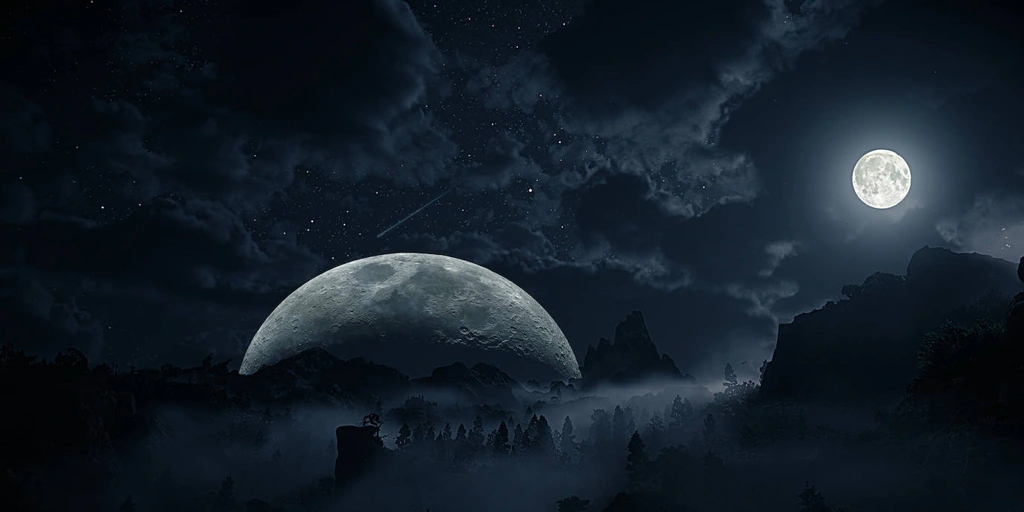Since the beginning of time, humanity has been fascinated with the Moon. So much so that, even in the early days of cinema, the iconic image of the rocket embedded in his ‘eye’, immortalized in the film by Georges Mélis, reflects that eternal obsession with the satellite that has accompanied our planet for billions of years. Today, that fascination reaches a new height, as for the first time in decadesour planet will briefly have a second ‘moon’. But what are the implications for our planet? Will we be able to see this new object from Spain?
The Earth is about to receive a temporary mini-moon: the asteroid 2024 PT5. Discovered on August 7, 2024, it is 10 meters in diameter and will be captured by Earth’s gravity between September 29 and November 25, 2024. pic.twitter.com/UKC1C7RNW3
— Andreas Eligius (@eloycam2012) September 20, 2024
Unlike our usual companion, which has witnessed the evolution of the Earth for more than four billion years, this new moon not be a permanent tenant. The object, called ‘2024 PT5’, is a space rock from the Arjuna asteroid belt, a formation composed of objects that orbit the Sun in trajectories similar to those of the Earth. According to a team of scientists, led by Professor Carlos de la Fuente Marcos of the Complutense University of Madrid, ‘2024 PT5’ has been temporarily captured by Earth’s gravity and stay with us for a few two months.
Consequences of the arrival of the ‘mini-moon’
According to de la Fuente, these events, known as ‘gravitational captures’, are not as rare as one might think. Under these conditions, the geocentric energy of the object can become negative and become a temporary moon of the Earth, explains the professor. However, he clarifies that, unlike the Moon, this mini-moon will not complete a complete orbit around our planet. You could say that if a real satellite is like a customer buying products in a store, objects like 2024 PT5 are voyeurs, he adds.
Starting at the end of September, we’ll be able to enjoy a “Mini-Moon” along with our very own larger one. That’s right, there will be two moons orbiting the earth. An asteroid will circle the earth once taking almost a month before it leaves. Enjoy. pic.twitter.com/pQqzbkL3PY
— Phil Ferro (@PhilFerro7) September 19, 2024
Las immediate consequences for Earth they are minimal. Fortunately, this asteroid does not represent any danger to our planet. However, its arrival has aroused the interest of the scientific community, since these episodes allow study celestial objects up close that would otherwise go unnoticed. Additionally, as part of the investigations, the team led by de la Fuente plans to carry out spectroscopic and photometric observations of the object to better determine its composition and behavior.
How to see the ‘mini-moon’ in Spain
For night sky enthusiasts, news of a second moon is exciting, but not as easy to observe as one might expect. Unfortunately, 2024 PT5 is too small and weak to be detected with the naked eye or with conventional instruments. The object is too small and faint for typical amateur telescopes and binoculars, the researcher reveals, adding: A telescope with a diameter of at least 30 inches plus a CCD or CMOS detector is needed to observe this object, a telescope 30 inches and a human eye behind it will not be enough.
However, for those in Spain who have the right equipment, the best time to try to capture this phenomenon will be in the days to comealthough there is no specific place from which it can be best observed, since the optimal conditions will depend on the location and the weather conditions. Professional astronomers, however, will be closely monitoring its trajectory throughout its brief stay in our orbit.

